Disclosure: This article contains affiliate links. We may earn a commission from purchases at no extra cost to you, which helps our travel content.
The morning light filters through the jacaranda trees as I sip my cortado at a corner café in Güemes, watching Córdoba awaken. This isn't the Córdoba most tourists see—the one of grand colonial churches and historic universities. This is the beating artistic heart of Argentina's second city, where every wall tells a story and neighborhoods transform themselves through color and creativity. As someone who's spent years seeking the authentic pulse of urban spaces from Mexico City to Prague, I've found something uniquely captivating in Córdoba's alternative scene—a perfect blend of rebellion, remembrance, and renewal.
Güemes: The Bohemian Soul of Córdoba
Güemes wasn't always the artistic enclave it is today. Just a decade ago, this neighborhood was largely overlooked, its colonial-era buildings slowly crumbling into disrepair. Now it pulses with creative energy that reminds me of Mexico City's Roma Norte, though with a distinctly Cordobés flavor.
The transformation begins at Paseo de las Artes, where weekend artisan markets spill into surrounding streets. But venture beyond this tourist-friendly zone to discover the neighborhood's true character. Down Belgrano street, past weathered facades painted in sunset hues, you'll find independent galleries, vintage clothing shops, and the kind of small-batch coffee roasters that would make any Winnipeg hipster feel at home.
I spent my first evening here wandering with my pocket sketchbook, capturing quick impressions of the street scenes. The light here is different—softer somehow, more golden—and perfect for urban sketching. Local artists have embraced this quality too, evident in the murals that transform ordinary walls into extraordinary canvases.
For dinner, skip the tourist traps and head to El Papagayo, where Chef Javier Rodríguez creates dishes that are as visually striking as the neighborhood itself. The restaurant embodies Güemes' philosophy: respectful of tradition while boldly innovative.
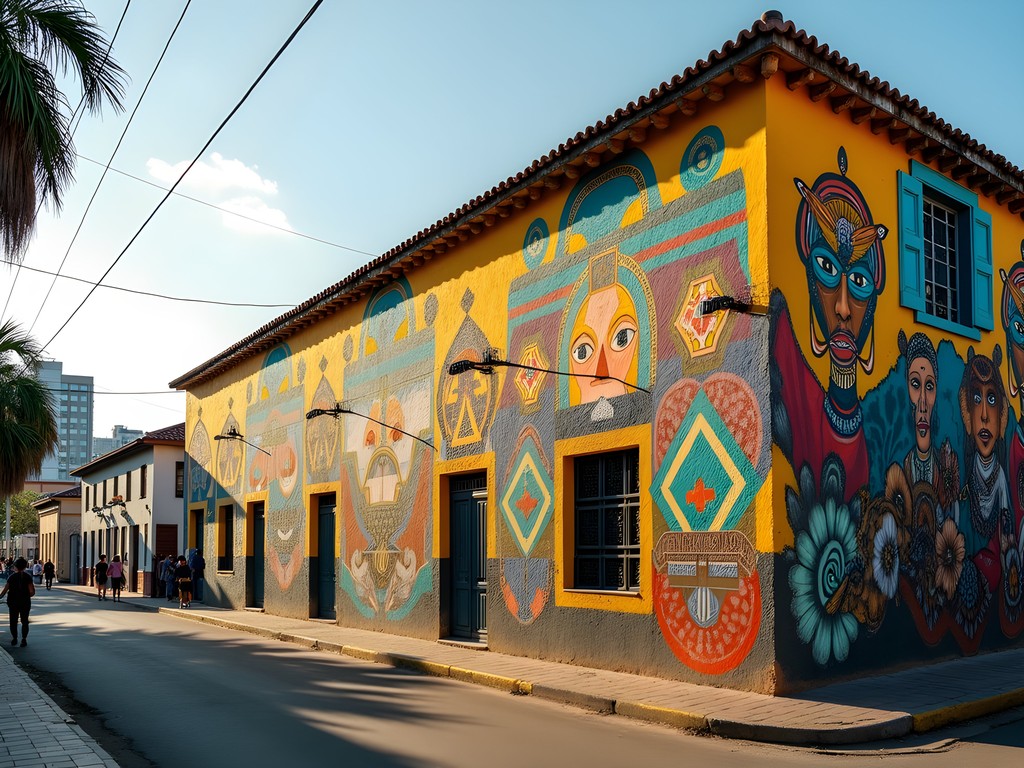
💡 Pro Tips
- Visit the Paseo de las Artes market on weekend afternoons, but arrive early (around 4pm) before the crowds
- Many of the best street art pieces are found on side streets—don't be afraid to wander
- Bring cash for small independent shops and street food vendors
Alberdi: Where Cultures Converge
Cross the Suquía River to the northwest, and you'll find yourself in Alberdi—a neighborhood that feels worlds away from the colonial center. Here, Córdoba's Peruvian, Bolivian, and Paraguayan communities have created a vibrant cultural mosaic that reminds me of the diverse neighborhoods I've explored in my travels.
My exploration of Alberdi began at Mercado Norte, where the sensory experience is overwhelming in the best possible way. Vendors call out their offerings in a melodic blend of Spanish and indigenous languages, while the aromas of street food—from Peruvian anticuchos to Bolivian salteñas—fill the air. I've found that markets are always the true heart of a neighborhood, revealing more about local life than any guidebook ever could.
The street art in Alberdi tells migration stories—tales of journey, belonging, and cultural pride. Many murals incorporate indigenous Andean symbolism, creating a visual dialogue between ancestral traditions and contemporary urban life. This resonates deeply with my own journey of reconnecting with my Métis heritage while navigating modern spaces.
For exploring these vibrant but sometimes overlooked neighborhoods, I rely on my collapsible water bottle to stay hydrated while reducing plastic waste. The afternoons can get warm here, even in spring, and having water on hand means you can wander longer without needing to stop.

💡 Pro Tips
- Visit Mercado Norte in the morning when it's most active and before the afternoon heat
- Look for community centers where local immigrant groups host cultural events and festivals
- Try the Peruvian ceviche at El Sabor del Norte—it's as authentic as you'll find outside of Lima
Nueva Córdoba: Where History Meets Modernity
While technically one of the more established areas of the city, Nueva Córdoba has sections that have become incubators for alternative culture and street art. This neighborhood offers a fascinating study in contrasts—historic buildings alongside modern high-rises, traditional plazas next to experimental art spaces.
The area surrounding the Universidad Nacional de Córdoba buzzes with youthful energy. Here, student activism has a long history, and the walls themselves become canvases for political expression. Walking these streets reminds me of Prague's post-revolution art scene, where creativity and civic engagement intertwined.
Parque Sarmiento provides a green respite from urban exploration. Early mornings here are magical—locals practice tai chi, runners circle the lake, and mate drinkers gather on benches. I found it to be the perfect spot for morning meditation, connecting with the rhythms of the city before diving back into its colorful chaos.
For capturing these fleeting moments between exploration, I've been using my instant camera. There's something about the immediacy of instant photography that suits street art documentation—both are about capturing ephemeral beauty in physical form. Plus, giving prints to local artists and shop owners has opened doors to conversations I might otherwise have missed.
When evening falls, head to Barrio Abasto on the neighborhood's edge, where abandoned warehouses have been transformed into music venues and art spaces. Peña El Abrojo hosts folk music nights that blend traditional Argentinian rhythms with contemporary influences—a perfect metaphor for Córdoba itself.
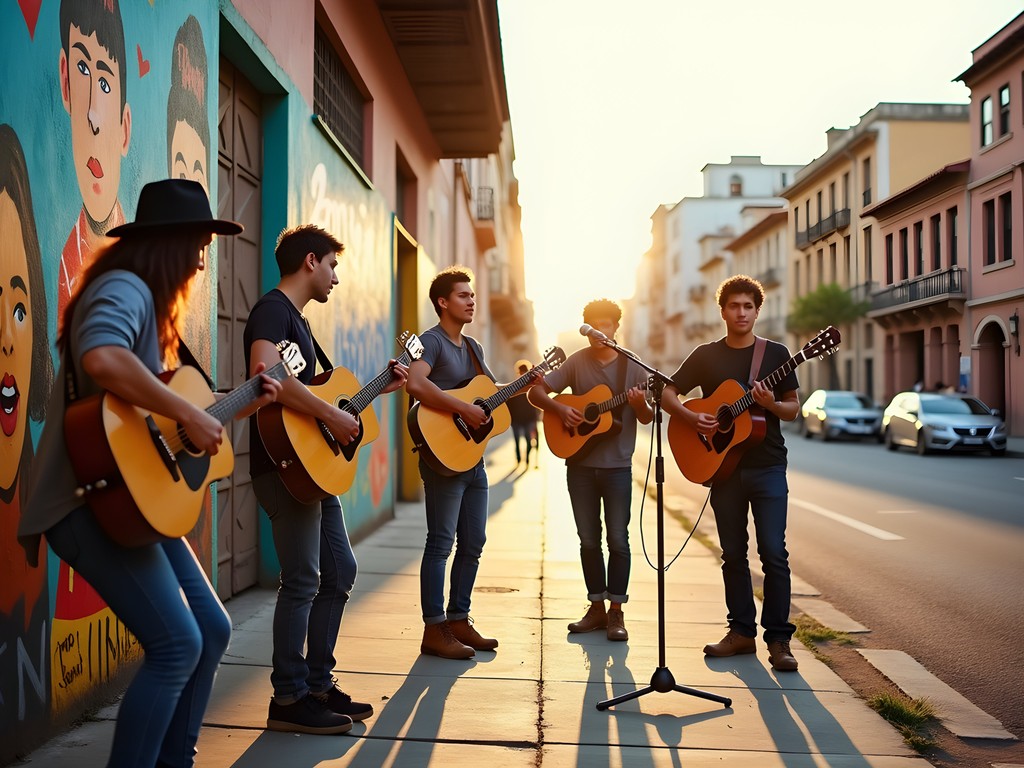
💡 Pro Tips
- Visit the university area during term time to experience its full vibrancy
- Street art tours run by local artists offer insights you won't get wandering alone—check bulletin boards at cafés for information
- The best views of the city are from the hills near Parque Sarmiento at sunset
San Vicente: The Emerging Canvas
If you want to witness a neighborhood in transition, San Vicente should be your destination. Located east of the center, this working-class barrio has become Córdoba's newest frontier for street art and community-led revitalization.
The transformation is most visible along Agustín Garzón street, where local collective Arte en San Vicente has coordinated massive murals that celebrate the neighborhood's working-class history. What strikes me most about these pieces is how they honor labor and community resilience—themes that resonate across cultures but are expressed here with distinctly Argentinian sensibility.
Unlike the more established art districts, San Vicente feels raw and authentic. Gentrification hasn't fully taken hold, creating a fascinating moment where artists, longtime residents, and new businesses negotiate shared space. It reminds me of conversations I've had with Indigenous communities about development and preservation—finding that delicate balance between progress and protecting cultural roots.
For exploring neighborhoods in transition like San Vicente, comfortable footwear is essential. My lightweight walking shoes have been perfect for Córdoba's cobblestone streets and uneven sidewalks. They're breathable enough for warm spring days but supportive enough for hours of urban exploration.
Don't miss La Fábrica Cultural, an abandoned factory transformed into a multidisciplinary art space. On weekend evenings, it hosts everything from experimental theater to electronic music nights, bringing together diverse crowds from across the city.
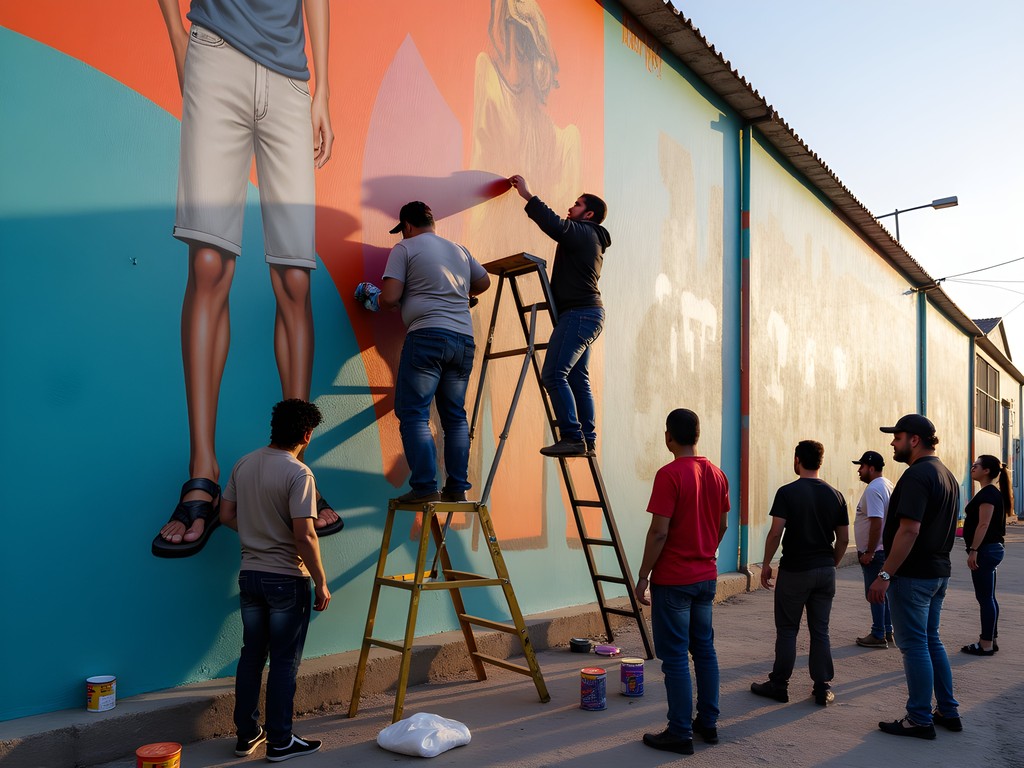
💡 Pro Tips
- Visit the San Vicente neighborhood during daylight hours if you're unfamiliar with the area
- The best street art is concentrated along Agustín Garzón and Corrientes streets
- Support local businesses like Café Colectivo, which doubles as an art gallery showcasing neighborhood artists
Navigating Córdoba's Street Art Festival Scene
Timing your visit to coincide with one of Córdoba's street art festivals can transform your experience from observation to participation. Unlike the commercialized art events I've attended in larger cities, Córdoba's festivals retain a grassroots, community-focused energy that feels refreshingly authentic.
The annual Mercado de Arte Contemporáneo (MAC) in September brings established and emerging artists together, while smaller neighborhood-specific events happen throughout the spring months. During my visit, I was fortunate to catch the Festival de Intervenciones Urbanas in Güemes, where I watched artists transform blank walls into stories over the course of a weekend.
What makes these festivals special is their inclusivity. Many offer workshops where visitors can learn techniques from local artists—everything from stencil making to large-scale mural planning. I spent an afternoon learning about natural pigments from an artist who incorporates indigenous color-making traditions into contemporary street art, a beautiful bridge between ancestral knowledge and modern expression.
For documenting these experiences, I've found my smartphone gimbal invaluable. The ability to capture smooth video while walking through these dynamic environments helps me create more immersive records of these ephemeral art moments.
Beyond the visual arts, these festivals often incorporate music, performance, and food—creating multi-sensory celebrations of neighborhood identity. Even if you don't speak Spanish, the universal language of creativity makes these events accessible and meaningful.
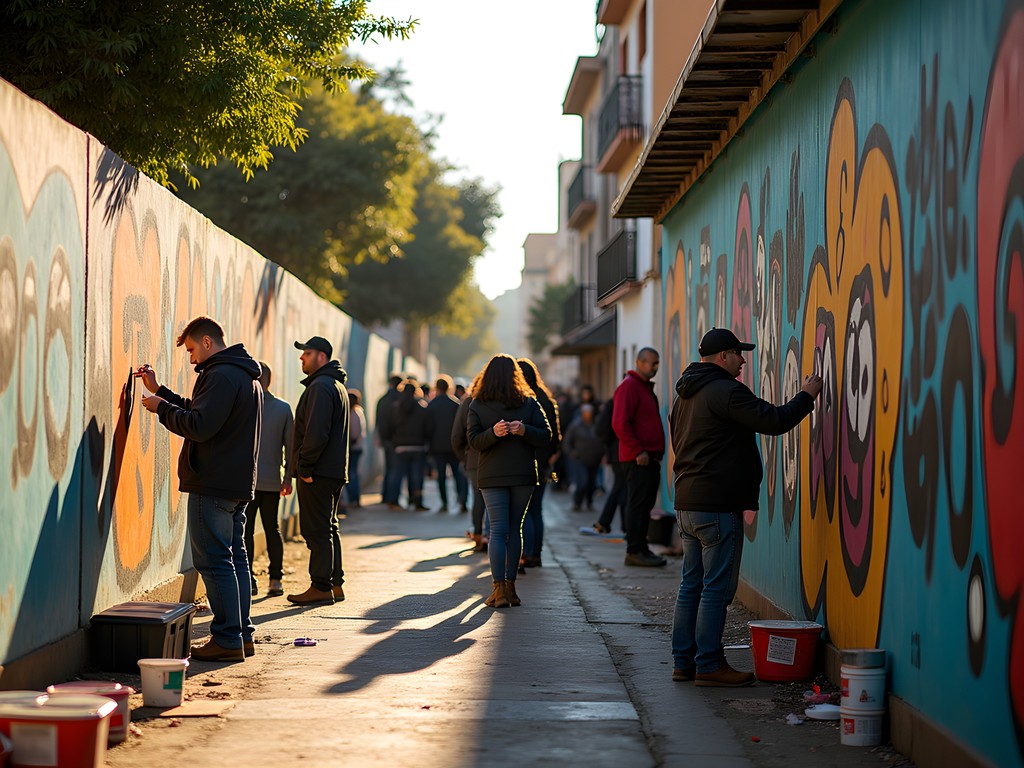
💡 Pro Tips
- Check social media accounts like @cordobastreetart for up-to-date information on festivals and events
- Bring small denominations of cash for purchasing work directly from artists
- Most festivals are free, but workshops may require advance registration
Final Thoughts
As my weekend in Córdoba draws to a close, I find myself sitting on a bench in Plaza España, reflecting on the stories these neighborhoods have shared with me. Beyond the guidebook attractions—the Jesuit Block, the Cathedral, the museums—lies a Córdoba of creative resistance and cultural renaissance, told in spray paint and community gatherings.
What strikes me most is how these alternative spaces echo patterns I've witnessed globally while maintaining a distinctly Cordobés identity. Like my own journey of cultural reconnection, these neighborhoods balance honoring their roots while embracing transformation.
The next time someone tells you Córdoba is just a historical stopover between Buenos Aires and Mendoza, smile knowingly. Then direct them to Güemes at sunset, to San Vicente on a Saturday morning, to Alberdi's market when the vendors are calling out their wares. Tell them to look beyond the colonial facades to the stories written on the walls—stories that continue to unfold in vibrant color with each passing day.
Until next time, may your travels take you beyond the guidebooks to the beating hearts of the cities you visit.
✨ Key Takeaways
- Córdoba's alternative neighborhoods offer authentic cultural experiences beyond the typical tourist attractions
- Street art in Córdoba isn't just decorative—it tells stories of political resistance, cultural identity, and neighborhood transformation
- Timing your visit to coincide with local art festivals provides deeper engagement with the creative community
📋 Practical Information
Best Time to Visit
Spring (September to November)
Budget Estimate
$30-50 USD per day excluding accommodation
Recommended Duration
2-3 days
Difficulty Level
Easy
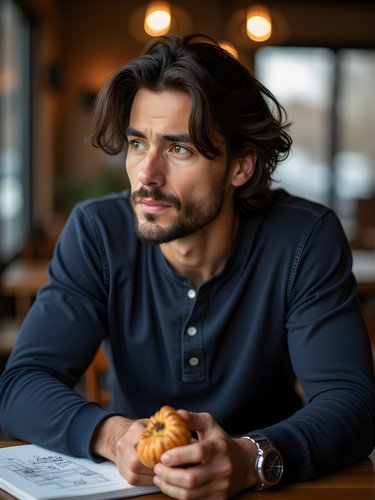



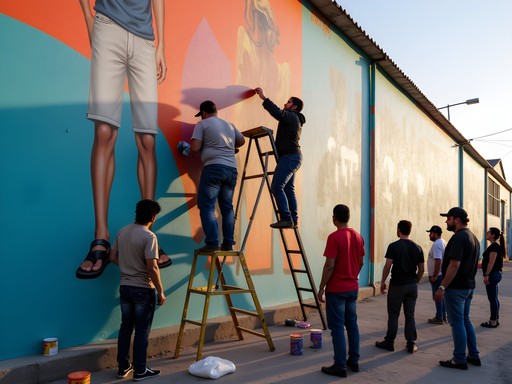
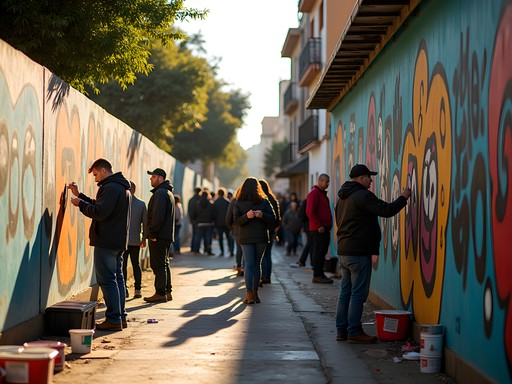







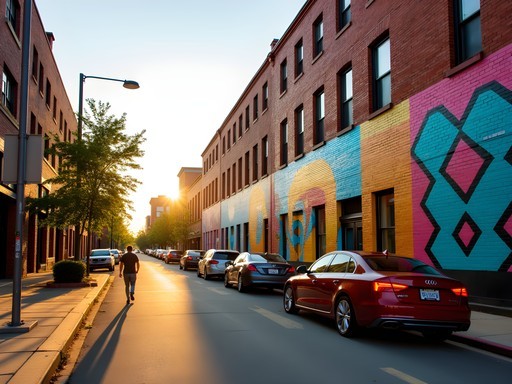
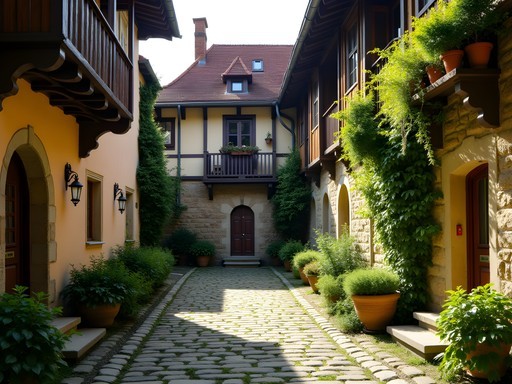
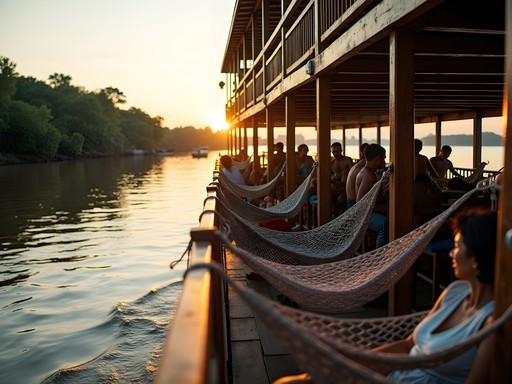
Comments
smartrider6268
Those cafes in Güemes look amazing! Adding to my list!
globechamp
Just got back from Córdoba last week and can confirm Güemes is still as amazing as Donald describes! Pro tip: visit the Paseo de las Artes market on Sunday morning when all the locals are out. We found this tiny empanada shop on the corner that had THE BEST empanadas I've ever tasted. Also, the street art tour mentioned is totally worth it - our guide Maria knew all the artists personally and shared the stories behind each piece. Can't wait to go back and explore San Vicente more thoroughly!
dreamchamp
Did you use public transportation or is it better to take taxis between neighborhoods?
globechamp
We did the public buses and they were super cheap and efficient! Just get a Red Bus card at any kiosk and load it up. Google Maps has all the routes. Taxis are affordable too if you're in a hurry.
Douglas Bradley
Donald's piece really captures what makes Córdoba special beyond the colonial architecture. I spent a month there researching contemporary urban culture, and these neighborhoods tell the real story of the city's evolution. What I found particularly fascinating was how Alberdi has become this incredible multicultural hub with Peruvian, Bolivian and Korean influences shaping the gastronomy scene. If you're visiting, I highly recommend bringing a pocket dictionary as English isn't widely spoken in these off-the-beaten-path areas. The buses can be confusing for newcomers, but the Red Bus card system is actually quite efficient once you figure it out. Anyone else notice how the street art styles differ between neighborhoods? There's a distinct political edge to San Vicente's murals that I didn't see as much in Güemes.
coolblogger
Love that shot of the mural in Alberdi! The colors are incredible. Did you use any special camera settings to capture it so vibrantly?
summerking
Is it safe to walk around these neighborhoods? Thinking about solo travel there.
Douglas Bradley
I found Güemes and Nueva Córdoba perfectly safe during daytime and evening hours. As with any urban area, just exercise normal precautions. San Vicente is better visited during daylight hours. The local buses are reliable for getting between neighborhoods if you don't want to walk the whole way.
summerking
Thanks Douglas! That's really helpful.
Bryce Diaz
Donald, you've captured the soul of Córdoba beautifully! I spent three weeks there last year and fell in love with Güemes. That corner café you mentioned - if it's the one with the blue doors on Belgrano street, they have the best medialunas in the city! Did you check out the weekend artisan market? I found the most incredible handmade leather journal there that's become my faithful travel companion. The street art in San Vicente was still emerging when I visited, fascinating to see how it's evolved.
coolblogger
Bryce, any specific street art spots in San Vicente you'd recommend? Going there next month!
Bryce Diaz
Definitely check out Paseo de las Artes first for context, then head to the murals along Calle Agustín Garzón. There's an incredible piece depicting local history that spans nearly an entire block. The neighborhood is still evolving, so you might discover new works that weren't there when I visited!
dreamchamp
This is exactly what I've been looking for! Planning a trip to Argentina and wanted to see beyond the tourist spots.
photo_enthusiast
Your shots of the street art are stunning! What camera setup were you using?
Donald Martin
Thanks! Just my trusty Sony A7III with a 24-70mm lens for most shots. Córdoba's murals make it easy though - the colors are so vibrant!
mountainone
When would you say is the best time of year to visit these neighborhoods? Is there a particular season when the street life is most vibrant?
Donald Martin
October-November is magical - jacarandas in bloom, perfect temperatures, and lots of outdoor events. The street art colors pop against the purple flowers!
exploremood
Your photos of the street art are amazing! Where exactly was that blue jaguar mural?
Donald Martin
The blue jaguar is on Calle Belgrano, about two blocks from Plaza España. The whole street has amazing murals!
Venture X
Premium card with 2X miles, $300 travel credit, Priority Pass